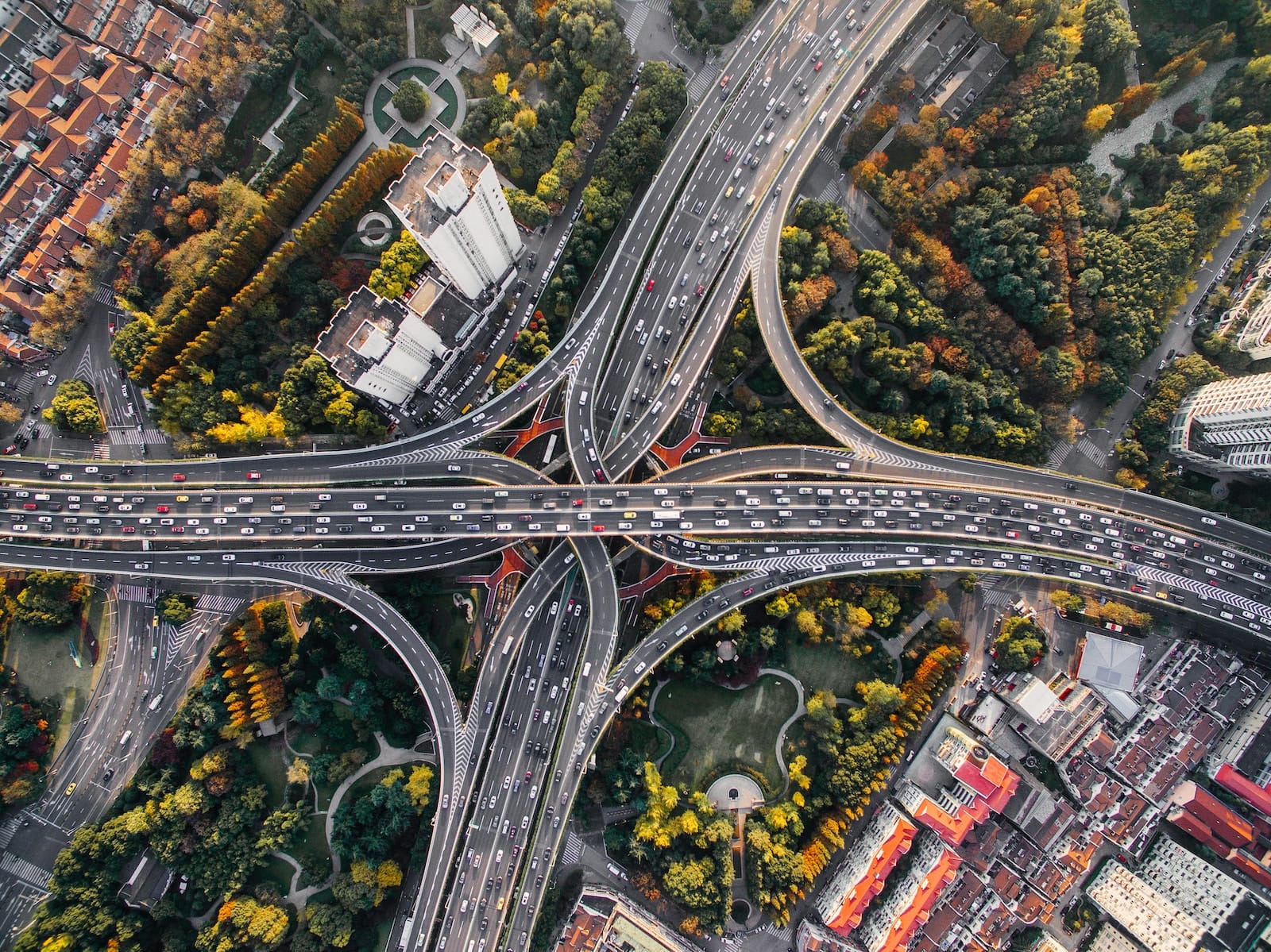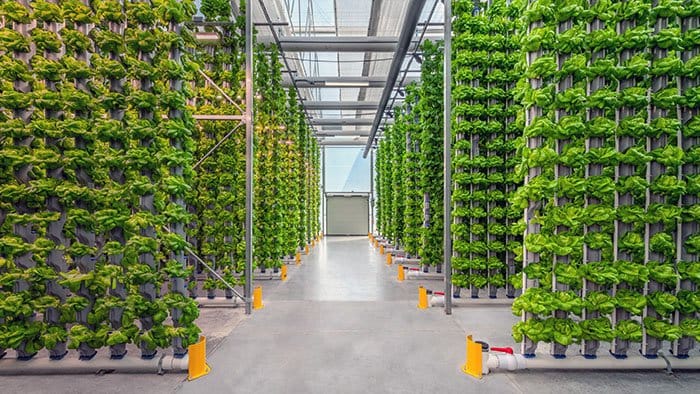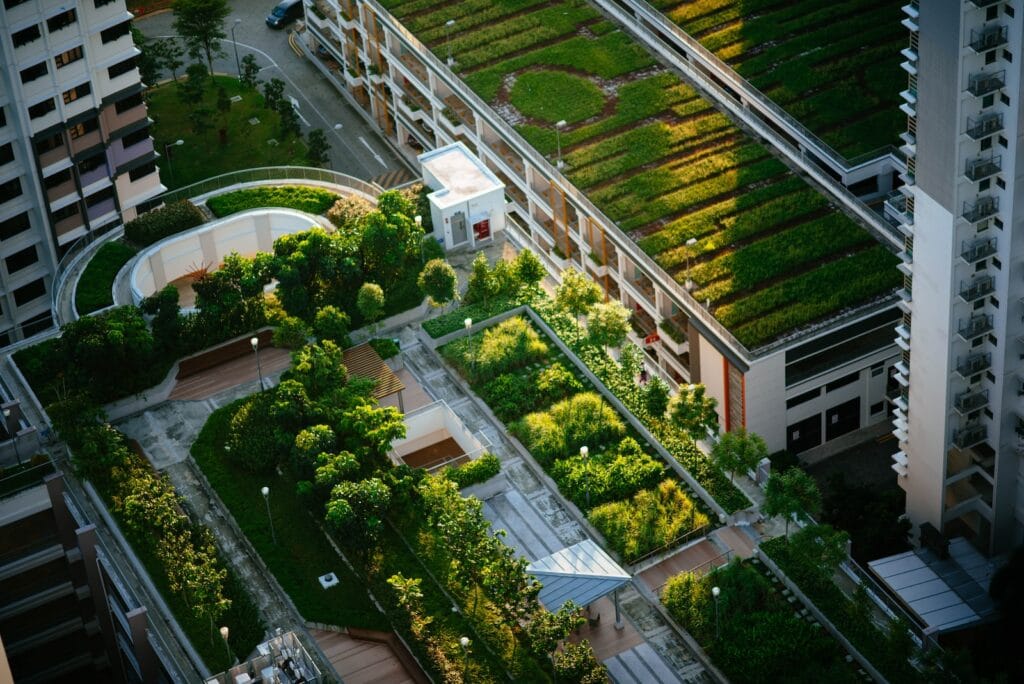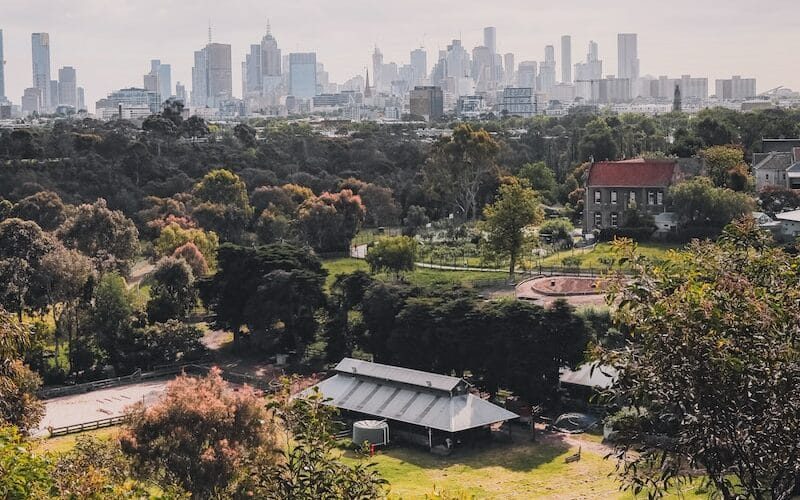The Future of Urban Farming

Urban farming, once seen as a niche vision, is now a vital component of sustainable urban development. As the global population continues to migrate to cities, the demand for fresh, locally sourced produce is on the rise. Urban farming offers a solution to this challenge by bringing agriculture into the heart of urban areas. This article explores the future of urban farming, highlighting key statistics and trends that show its growing importance.

Rapid Urbanization
According to the United Nations, by 2050, approximately 68% of the world’s population will reside in urban areas. This urbanization trend places immense pressure on food supply chains, making urban farming a critical component of future food security.
- Land Scarcity: One of the key drivers of urban farming is the scarcity of arable land in urban areas. According to the World Bank, as of 2021, urban areas occupied just 3% of the Earth’s land surface but housed over half the global population. Urban farming helps make efficient use of limited space.
- Vertical Farming: Vertical farming is a growing trend in urban agriculture. The vertical farming market is expected to reach $16.7 billion by 2026, with a compound annual growth rate (CAGR) of 25.7% from 2021 to 2026, as reported by MarketsandMarkets. This approach utilizes stacked layers of crops in controlled environments, saving space and reducing the need for pesticides and water.
- Hydroponics and Aeroponics: Hydroponics and aeroponics are soilless farming methods that are gaining popularity in urban settings. The global hydroponics market is expected to grow at a CAGR of 6.8% from 2021 to 2026, according to Mordor Intelligence. These systems maximize resource efficiency and produce higher yields.
- Local Food Movements: Consumers are increasingly seeking locally grown produce, and urban farming is uniquely positioned to meet this demand. According to the National Restaurant Association, “locally sourced” and “hyper-local” were among the top food trends in 2021, indicating a shift towards supporting urban agriculture.

Trends Shaping the Future of Urban Farming
Technology Integration: Urban farming is becoming more data-driven and tech-savvy. Smart sensors, automation, and artificial intelligence are being used to monitor and optimize crop growth. This technology-driven approach enhances productivity and resource efficiency.
Circular Economy: Urban farms are increasingly adopting circular economy principles. This includes recycling waste into nutrients, reusing resources, and reducing food waste through on-site processing and distribution.
Community Engagement: Urban farming is not just about food production; it’s also a means of community engagement. Rooftop gardens, community gardens, and educational programs connect city dwellers with the food they consume, fostering a sense of responsibility and sustainability.
Policy Support: Governments and municipalities are recognizing the benefits of urban farming and are providing incentives and regulations to support its growth. This includes zoning changes, tax incentives, and funding for urban agriculture initiatives.
Climate Resilience: Urban farms are being designed with climate resilience in mind. Green roofs and urban forests help mitigate the urban heat island effect, while drought-resistant crops and water-efficient irrigation systems reduce the impact of water scarcity.
The future of urban farming is promising and essential for addressing the challenges posed by urbanization, land scarcity, and the need for sustainable food production. As technology, community engagement, and policy support continue to evolve, urban farming will play a pivotal role in creating more resilient, healthier, and environmentally friendly cities. With a focus on innovation and sustainability, urban farming is poised to thrive in the urban landscapes of tomorrow, contributing to a more food-secure and greener future.





